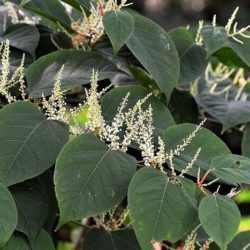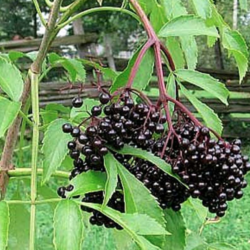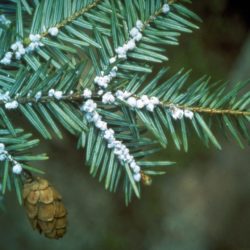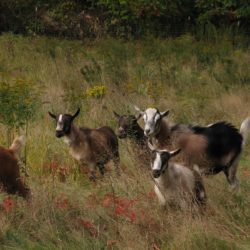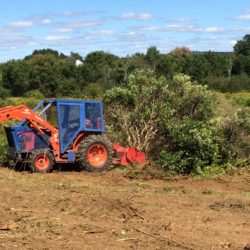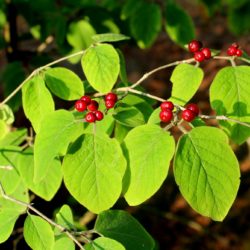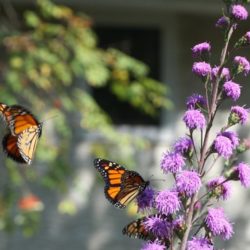By Mike Bald
Like a handful of other invasive plant species, Japanese knotweed is tenacious and persistent on the one hand but economically useful and often medicinally beneficial on the other. Landowners and town leaders know that invasive species are impressive colonizers, and without a comprehensive plan to manage large corridors on the landscape, re-infestation is virtually unavoidable.

